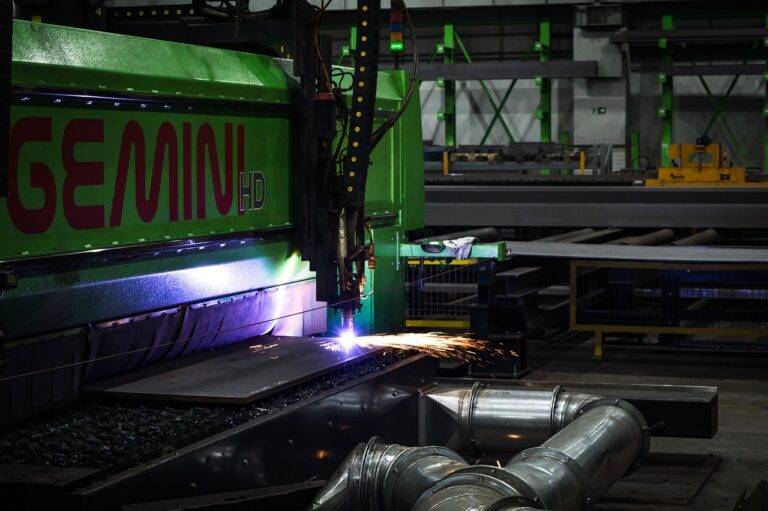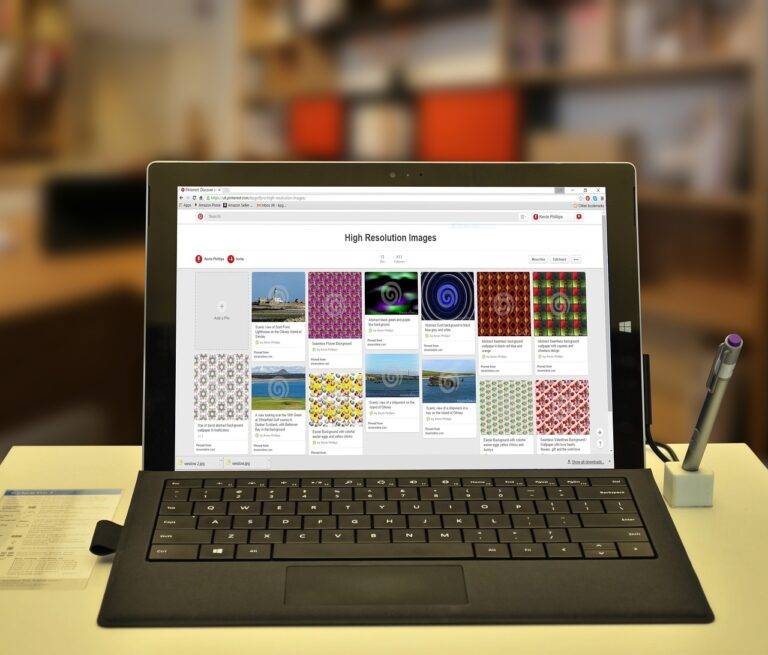The Art of Geocaching: Modern-Day Treasure Hunting Around the Globe
Geocaching is a modern-day treasure hunting adventure that combines outdoor exploration with high-tech navigation. Participants use GPS devices or smartphones to locate hidden containers, known as geocaches, which are placed in various locations around the world. These containers can range in size from tiny magnetic containers to larger ammo boxes, and they typically contain a logbook for finders to sign and sometimes small trinkets for trading.
The beauty of geocaching lies in the thrill of the hunt and the sense of accomplishment when you successfully find a hidden cache. It’s a popular activity for individuals, families, and groups who enjoy the challenge of solving clues and navigating to covert locations. Geocaching allows participants to discover new outdoor spaces, learn about the history and culture of a region, and connect with a global community of fellow treasure hunters.
The History of Geocaching
Geocaching, a modern-day treasure hunting game, has its roots traced back to the early 2000s when GPS technology became more accessible to the public. The concept of hiding and seeking caches using GPS coordinates was popularized by Dave Ulmer who hid the first-ever geocache in May 2000 as a way to test the accuracy of GPS tracking.
Following Ulmer’s initiative, geocaching rapidly gained popularity among outdoor enthusiasts and tech-savvy individuals. The practice of hiding and discovering caches spread globally, leading to the creation of websites and platforms that facilitated the sharing of GPS coordinates and hints for geocaches. As more people joined the geocaching community, the game evolved into a worldwide phenomenon that continues to attract millions of participants seeking adventure and exploration.
How Does Geocaching Work?
Geocaching involves using GPS coordinates to locate hidden containers, known as geocaches, in various outdoor locations around the world. Participants use their smartphones or dedicated GPS devices to navigate to the specific coordinates of the geocache. Once at the location, they search for the hidden container which can range in size from small film canisters to larger boxes.
Inside the geocache, there is typically a logbook to sign and sometimes small trinkets or goodies for trading. Participants can take an item from the geocache if they leave something of equal or greater value in its place. After finding the geocache, participants log their visit online to share their experience with the geocaching community.





